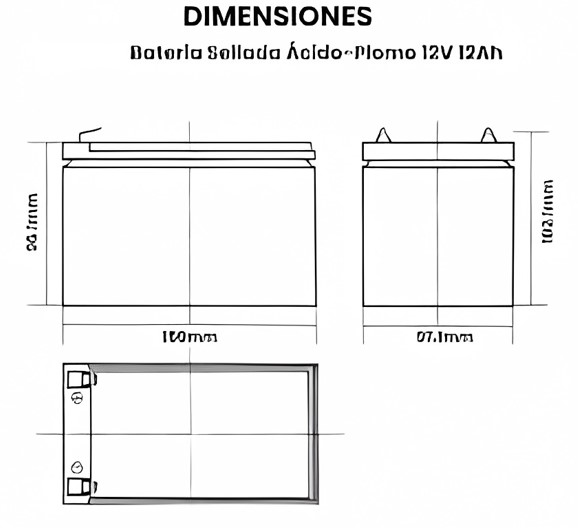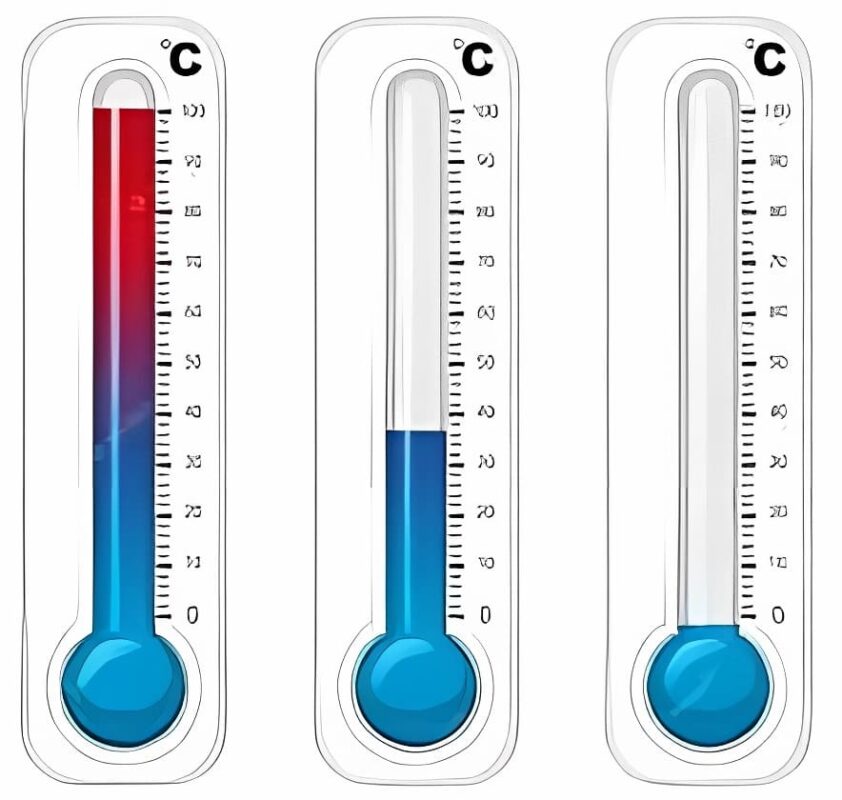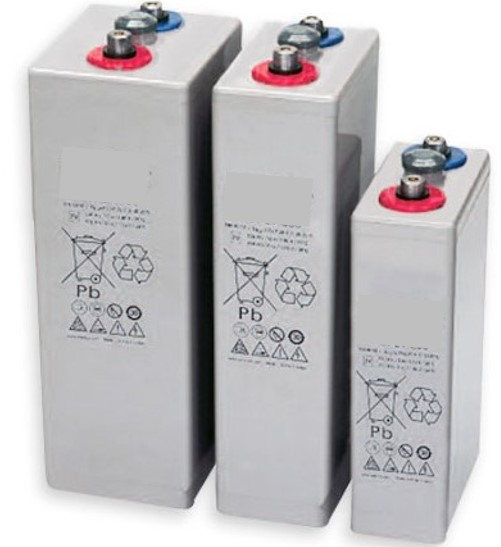The sealed battery is also known as ‘valve-regulated’ or ‘VRLA’ (Valve-Regulated Lead-Acid). These batteries have the great advantage of being maintenance-free, which significantly reduces the costs associated with stationary battery maintenance.
Although they generate gases like open batteries, these gases are vented to the outside through special one-way valves.
This makes them ideal for installation in remote locations and equipment rooms, unlike other types of batteries. In our article Stationary batteries and their types, we provide a brief description of each type.
Next, we present their most relevant characteristics, which you should consider if you want to use them in your project. Let’s take a look!
Regarding their dimensions

They have a smaller size and weight compared to an open stationary battery with its electrolyte. Furthermore, they can be installed in a horizontal position, making the sealed battery bank more compact.
This is ideal when space is limited.
Their lifespan and the electrolyte
Its lifespan is shorter than that of its ventilated counterpart, but it is still quite long. Following the manufacturer’s instructions, it can be around 10 years.
The electrolyte it contains is in the form of gel, which is very reliable. This makes it very versatile in the sense that it can be installed in any position
Electrical characteristics
Now let’s look at the electrical characteristics of the sealed stationary battery, which will determine if they are suitable for your project
How temperature affects the capacity and lifespan of valve-regulated batteries

This parameter has a significant influence on the capacity of sealed batteries. In fact, the data provided by the manufacturer is referenced to a temperature of 20°C.
However, if you want to know the capacity at other temperature values, manufacturers provide this data in the technical specifications. Keep in mind that this factor is not the same for all VRLA batteries.
In general, they should not operate in an environment with a temperature higher than 25°C, as recommended by the manufacturer and international standards. If the temperature exceeds this limit, their lifespan will dramatically shorten.
Therefore, the space where they are placed should be climate-controlled with a dedicated air conditioning system to maintain a constant temperature below 25°C.
It’s important to consider this when selecting the battery technology to use, as it involves additional associated costs.
For this reason, they are often located in the same equipment rooms to take advantage of the cooling provided.
The float voltage
A proper float voltage level is crucial for the life of a lead-acid battery. These values are provided by the manufacturer in the technical data sheets.
However, if they are not provided, the typical value for this variable is 2.25 Vdc per cell. For example, for a 6-cell battery, you should apply a float voltage of 13.5 Vdc.
The energy ripple factor in float mode
A high ripple factor has a negative impact on any lead-acid battery, but it is more pronounced in valve-regulated batteries.
This is because it increases the rate of corrosion of the lead plates, leading to internal power losses.
As a result, their durability is shortened. For this reason, it is not recommended for the power system that contains them to have thyristor regulation rectifiers.
Even though they are robust, their ripple factor is high for this battery technology, despite the inclusion of filters.
The recharge or equalization voltage in VRLA batteries
The equalization voltage is higher than the float voltage. If an equalization voltage is applied to a valve-regulated battery, excessive gasification occurs in the gel electrolyte.
This causes it to dry out and lose its properties, damaging the element in a short period of time. Based on the explanation, you should not apply equalization voltage to the sealed battery.
Additionally, it is essential to ensure that the float voltage level remains constant at its ideal value to prevent damage to the valve-regulated battery.
As you have observed, sealed batteries offer many benefits. However, you must pay attention to all the requirements that their use entails to ensure they provide you with long-lasting service.
In the Sizing and Design of dc power systems for telecommunications and critical systems course, you can find more information on this topic.
Additionally, the course explains everything you need to know for sizing them for projects.
If you want to learn more about its content, simply follow this link. The energydcac blog offers a wealth of content on these devices and other topics in the DC and AC energy field. Check them out!
Image sources
- emeisa.mx
- energydcac.com

